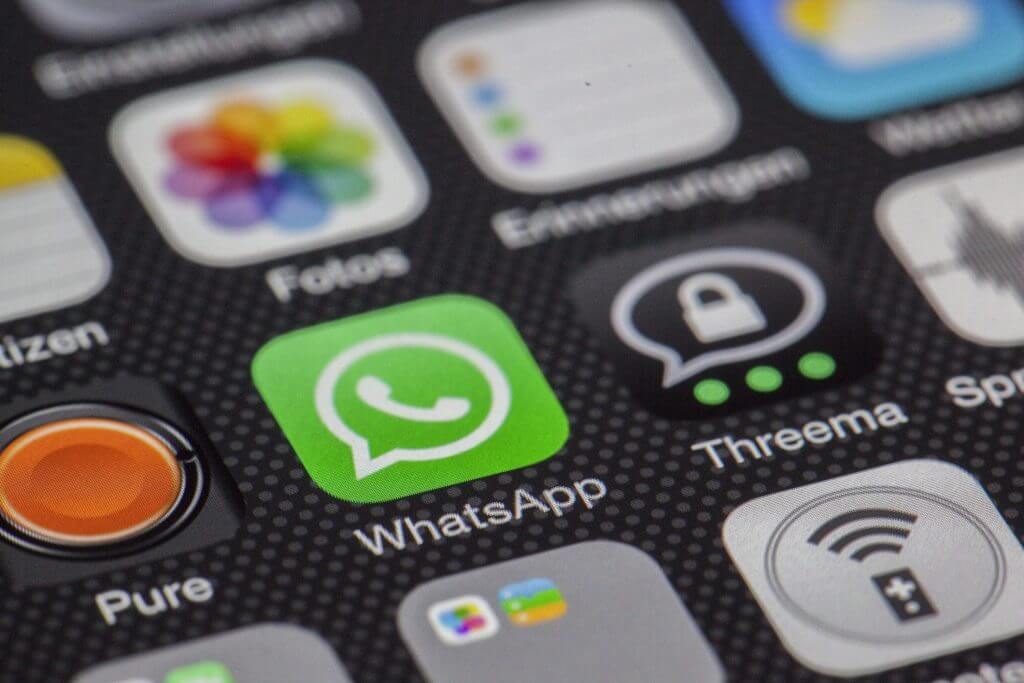
There are a lot of messaging channels out there—and more are gaining traction. For businesses, this can be confusing. After all, 89% of consumers prefer to use messaging to communicate with their favorite brands, but which messaging channels should businesses offer?
Customers have access to hundreds of reliable communication channels, but luckily, there are only a dozen or so that are popular enough to really consider. These channels fall under three categories: native texting apps, over the top (OTT) messaging apps, and web chats.
Read on to learn more about the differences and similarities between these three types of channels—and which will work best for your business.
Differences Between the 3 Types of Messaging Channels
The three types of messaging channels are pretty distinct, which makes sense; if they weren’t different, why would anyone use one as opposed to the others? In fact, the average consumer has 3 messaging apps on his or her phone. Here, we’ll dive into the unique qualities of each type of messaging channel, starting with native texting apps.
Native Texting Apps
Simply put, native texting apps are the apps that come with your phone. For example, with iPhones, the native texting app is indicated by a small green icon with a text bubble on it. Native texting apps are free (as long as you purchase the phone), simple, and reliable. They can send either texts with a cell phone plan or iMessages with a data connection. Half of consumers prefer using native SMS to connect with businesses. Many businesses are capitalizing on this preference with tools like Apple Business Chat, which allows consumers searching for a business’s information to immediately click on their number and send a text.
Web Chat
Web chat can also be considered a messaging channel. Web chats are located on company websites and offer a direct line of communication for consumers to get in touch with businesses. Web chats are often indicated by widgets, which are small buttons that customers can click on to start a chat. Unlike other types of messaging, web chats must occur during the same session in which they were initiated. If customers step away from their computers, sessions are often lost or need to be restarted from links in follow-up emails. Some business text messaging platforms provide web widgets that can transfer chats to customers’ native texting apps on their phones.
OTT Messaging Apps
Finally, we have the widest category of messaging channel: over the top (OTT) messaging apps. These are apps provided by a wide variety of companies. Consumers can download these apps onto their phones for free or a price, depending on the app’s business model. OTT apps usually offer fun side-features, like filters or branding, to attract new users. Current popular options today include Facebook Messenger, WhatsApp, Line, and WeChat.
Similarities Between the 3 Types of Messaging Channels
As different as they are, the 3 types of messaging channels have a lot of similarities.
First of all—and most importantly—they’re fast. For example, 90% of texts are read within the first three seconds of receipt, and the average response time for a text is 90 seconds. One of the biggest reasons for this might be notifications; 77% of consumers keep on notifications for their messaging apps, so they know right when a message arrives.
Messages are also expected to be concise, but effective. While emails can be either short or long, messages from any channel are expected to be brief. A lot of this has to do with the format through which customers receive their messages; while apps can sometimes be used on computers, most people prefer to use their handheld devices to message. Because smartphones are somewhat small, people type messages short enough to fit onto their screens without excessive scrolling.
Because messages are fast and brief, they’re ideal for business use. Customers and businesses can use messaging channels to share information faster than through any other channel—especially phone calls.
How Businesses Can Make Messaging Channels Work Together
At this point, you might be wondering which messaging channel or channels you should choose for your business. You are probably thinking that you don’t want to choose too many, because that might be difficult for your business to handle. You don’t want to choose too few, because then customers might not want to message in.
Luckily, you don’t have to choose.
With today’s advanced technology, businesses can use as many messaging channels as they want without overwhelming their teams. Take a business text messaging platform, for example.
Business text messaging platforms use channel integrations to empower businesses to receive any and all messaging types into a single, unified inbox. When team members reply to these messages, the customers who sent them receive their replies in the same format through which they were sent.
By offering a wide variety of messaging channels through which customers can connect with their teams, businesses increase the chances that customers will reach out—and with a tool like a business text messaging platform, they don’t need to increase team work loads to do it.
Ready to harness the power of business text messaging? Try our SMS platform for free.




